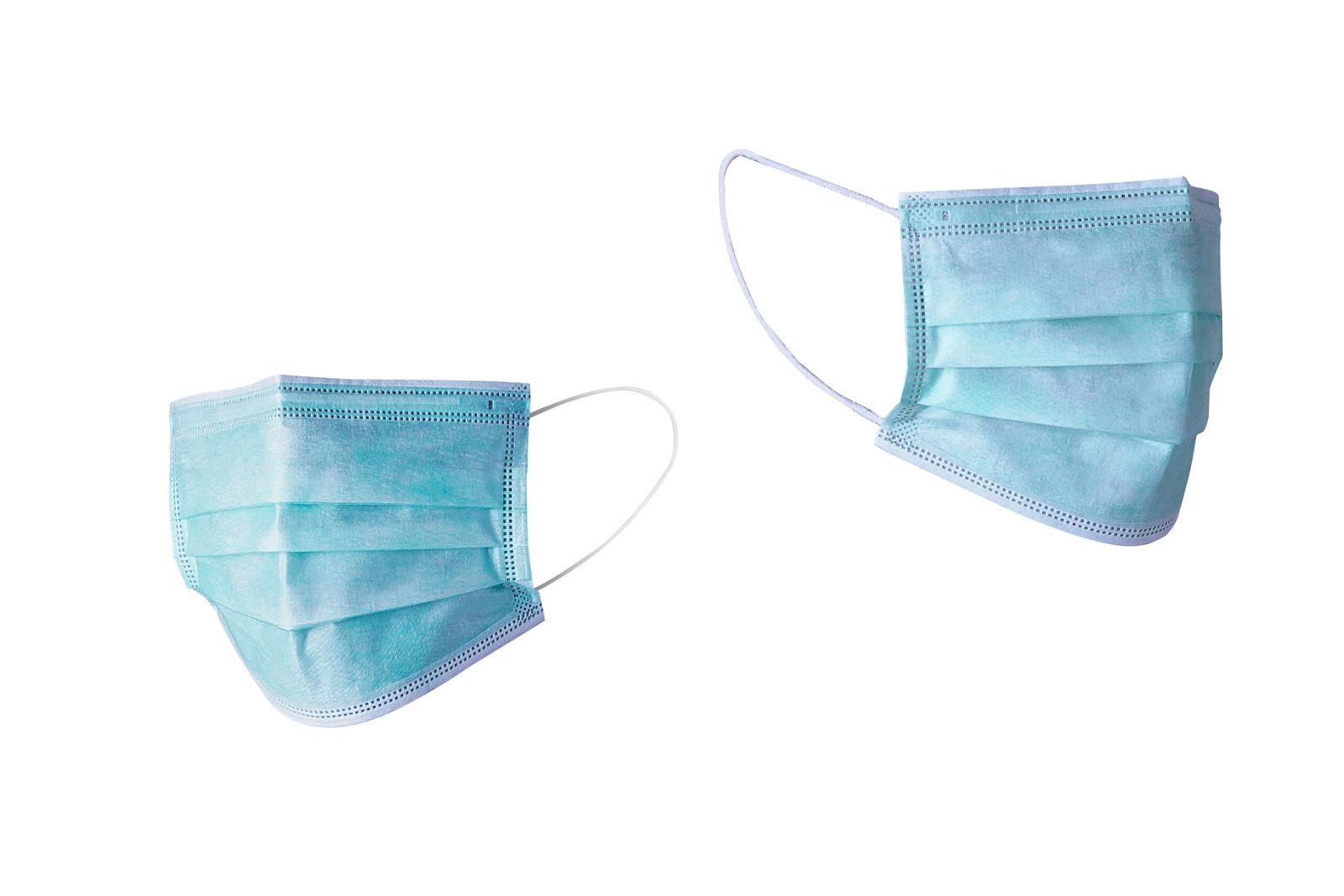Utilizing Technology for Enhanced Patient Monitoring in Healthcare
April 8, 2024 | by Blog In Best

Introduction
In today’s rapidly advancing technological landscape, healthcare professionals have access to a wide range of tools and technologies that can greatly enhance their ability to monitor patients’ health. These advancements in technology have revolutionized the way healthcare is delivered, allowing for more efficient and accurate monitoring of patients’ conditions. In this blog post, we will explore some of the ways in which healthcare professionals can utilize technology to monitor patients’ health.
One of the most significant advancements in healthcare technology is the development of wearable devices. These devices, such as smartwatches and fitness trackers, are equipped with sensors that can collect valuable data about patients’ vital signs and physical activity levels. For example, a smartwatch can continuously monitor a patient’s heart rate, blood pressure, and sleep patterns, providing healthcare professionals with real-time data on the patient’s overall health and well-being. This data can be crucial in identifying any potential health issues or changes in the patient’s condition, allowing for timely interventions and personalized treatment plans.
In addition to wearable devices, healthcare professionals can also leverage the power of mobile applications to monitor patients’ health. Mobile apps can be used to track various aspects of a patient’s health, such as medication adherence, diet and exercise habits, and symptom management. For instance, a patient with diabetes can use a mobile app to log their blood sugar levels and track their insulin doses. This data can then be shared with their healthcare provider, who can remotely monitor the patient’s condition and make any necessary adjustments to their treatment plan. Mobile apps also enable healthcare professionals to provide patients with personalized feedback and educational resources, empowering them to take an active role in managing their own health.
Another technology that has revolutionized patient monitoring is telemedicine. Telemedicine allows healthcare professionals to remotely monitor patients’ health and provide virtual consultations, eliminating the need for in-person visits. Through video conferencing and remote monitoring devices, healthcare providers can assess patients’ symptoms, review test results, and provide medical advice, all from the comfort of their own homes. This not only improves access to healthcare, particularly for patients in rural or underserved areas, but also reduces the burden on healthcare facilities and minimizes the risk of exposure to infectious diseases.
Furthermore, the use of artificial intelligence (AI) and machine learning algorithms has significantly enhanced the accuracy and efficiency of patient monitoring. These technologies can analyze large volumes of patient data, including medical records, lab results, and imaging scans, to identify patterns and trends that may not be apparent to human healthcare professionals. For example, AI algorithms can predict the likelihood of a patient developing a certain condition based on their genetic predisposition, lifestyle factors, and medical history. This allows healthcare professionals to proactively intervene and implement preventive measures to mitigate the risk of disease progression.
In conclusion, the advancements in healthcare technology have provided healthcare professionals with powerful tools to monitor patients’ health more effectively and efficiently. From wearable devices and mobile apps to telemedicine and AI, these technologies have revolutionized the way healthcare is delivered, enabling personalized and proactive care. By leveraging these technologies, healthcare professionals can not only improve patient outcomes but also enhance the overall healthcare experience for patients.
1. Internet of Things (IoT) in Healthcare
The Internet of Things (IoT) has made significant strides in the healthcare industry, enabling healthcare professionals to remotely monitor patients’ health in real-time. IoT devices, such as wearable sensors and smart medical devices, can collect and transmit data to healthcare providers, allowing for continuous monitoring and early detection of any potential health issues.
For example, wearable fitness trackers can monitor a patient’s heart rate, sleep patterns, and activity levels, providing valuable insights into their overall health and well-being. These devices can also alert healthcare professionals if there are any significant changes in the patient’s vital signs, allowing for timely intervention.
IoT technology can also be used to monitor patients with chronic conditions, such as diabetes or hypertension. Connected devices, such as smart glucose meters or blood pressure monitors, can transmit data to healthcare providers, who can then analyze the data and provide personalized recommendations or interventions.
In addition to remote monitoring, IoT devices can also improve the efficiency and effectiveness of healthcare delivery. For instance, IoT-enabled hospital beds can automatically adjust their position based on a patient’s needs, reducing the risk of bedsores and improving patient comfort. Similarly, IoT devices can be used to track the location and availability of medical equipment, ensuring that healthcare providers have the necessary tools at hand when they are needed.
Furthermore, IoT technology can enhance patient safety by reducing the risk of medication errors. Connected medication dispensers can remind patients to take their medications at the prescribed times and can even dispense the correct dosage. This not only improves medication adherence but also reduces the likelihood of adverse drug events.
Overall, the Internet of Things has the potential to revolutionize healthcare by enabling remote monitoring, improving efficiency, and enhancing patient safety. As the technology continues to advance, we can expect to see even more innovative applications of IoT in healthcare, leading to better patient outcomes and a more connected and personalized approach to healthcare delivery.
2. Electronic Health Records (EHR)
Electronic Health Records (EHR) have revolutionized the healthcare industry by replacing traditional paper-based medical records. These digital systems have brought about a myriad of benefits, such as efficient and secure storage of patient information. With EHR systems, healthcare professionals can access patient records from anywhere, at any time, providing a comprehensive view of the patient’s medical history.
One of the significant advantages of EHR systems is the ability to make more informed decisions about patient care. By having access to a patient’s complete medical history, healthcare professionals can gain valuable insights into their health. They can easily track changes in the patient’s health over time, identify any patterns or trends, and adjust treatment plans accordingly.
EHR systems also play a crucial role in facilitating communication and collaboration among healthcare providers. In the past, sharing patient information between different specialists involved in a patient’s care was a cumbersome process. However, with EHR systems, these barriers have been eliminated. Now, different healthcare professionals can easily access and update the patient’s records, ensuring that everyone is on the same page and providing coordinated care.
Moreover, EHR systems have enhanced the overall efficiency of healthcare delivery. Gone are the days of searching through stacks of paper records to find specific information. With EHR systems, healthcare professionals can quickly search for and retrieve the necessary information, saving valuable time and effort. This efficiency translates into improved patient care and satisfaction.
Furthermore, EHR systems have significantly enhanced patient safety. Handwritten paper records were prone to errors, such as illegible handwriting or misplaced documents. EHR systems eliminate these risks by providing standardized and legible electronic records. Additionally, EHR systems have built-in safety features, such as alerts for potential drug interactions or allergies, reducing the likelihood of medication errors.
Overall, the adoption of EHR systems has transformed the way healthcare is delivered. These digital systems have streamlined record-keeping processes, improved communication and collaboration among healthcare providers, increased efficiency, and enhanced patient safety. As technology continues to advance, it is expected that EHR systems will continue to evolve and revolutionize healthcare delivery even further.
3. Telemedicine and Remote Monitoring
Telemedicine has become increasingly popular, especially in remote or underserved areas where access to healthcare services may be limited. Telemedicine allows healthcare professionals to remotely monitor and treat patients using video conferencing and other communication technologies.
Through telemedicine, healthcare professionals can conduct virtual consultations, monitor patients’ progress, and provide necessary guidance and support. This not only saves time and reduces the need for in-person visits but also allows for more frequent monitoring and intervention, leading to better health outcomes.
Remote monitoring technologies, such as mobile apps or wearable devices, can also play a crucial role in keeping patients connected to their healthcare providers. These devices can collect and transmit data, such as blood pressure readings or glucose levels, to healthcare professionals, who can then provide timely feedback and interventions.
In addition to the convenience and accessibility it offers, telemedicine and remote monitoring have proven to be particularly beneficial for chronic disease management. Patients with conditions like diabetes, heart disease, or respiratory illnesses can now receive regular check-ups and monitoring from the comfort of their homes, reducing the need for frequent hospital visits and minimizing the risk of exposure to other illnesses.
Furthermore, telemedicine has the potential to improve healthcare outcomes for patients in rural or remote areas. In these areas, access to specialized care may be limited, requiring patients to travel long distances to receive the necessary treatment. With telemedicine, patients can consult with specialists without the need for travel, ensuring that they receive the expertise they require in a timely manner.
Moreover, telemedicine and remote monitoring have also been instrumental in improving mental health care. Many individuals, especially those in remote areas, may face barriers to accessing mental health services due to stigma or lack of availability. Telemedicine allows individuals to seek therapy or counseling remotely, ensuring that they receive the support they need without the fear of judgment or the challenges of traveling long distances.
Overall, telemedicine and remote monitoring have revolutionized the healthcare industry by providing innovative solutions to overcome geographical barriers, improve access to care, and enhance patient outcomes. As technology continues to advance, it is expected that these virtual healthcare services will become even more widespread, transforming the way healthcare is delivered and experienced.
RELATED POSTS
View all




